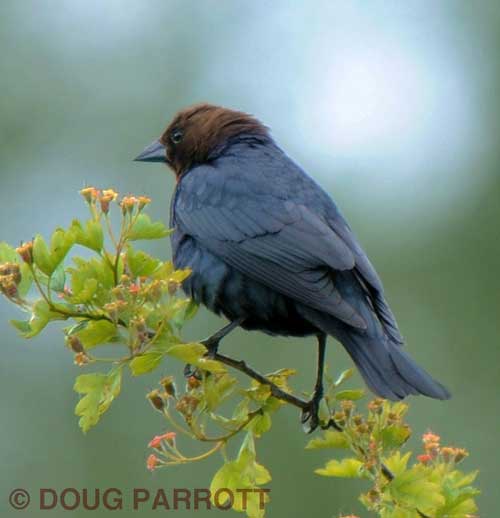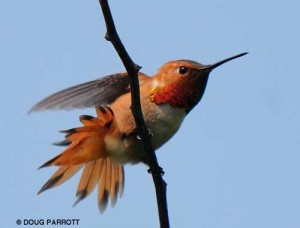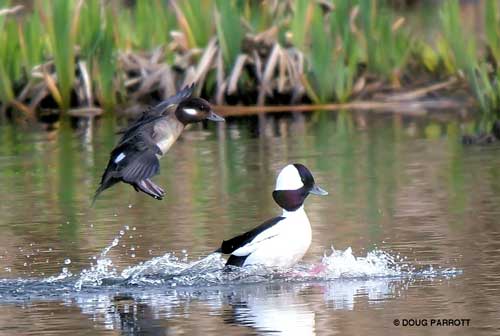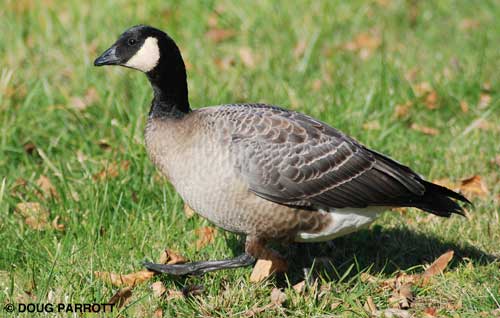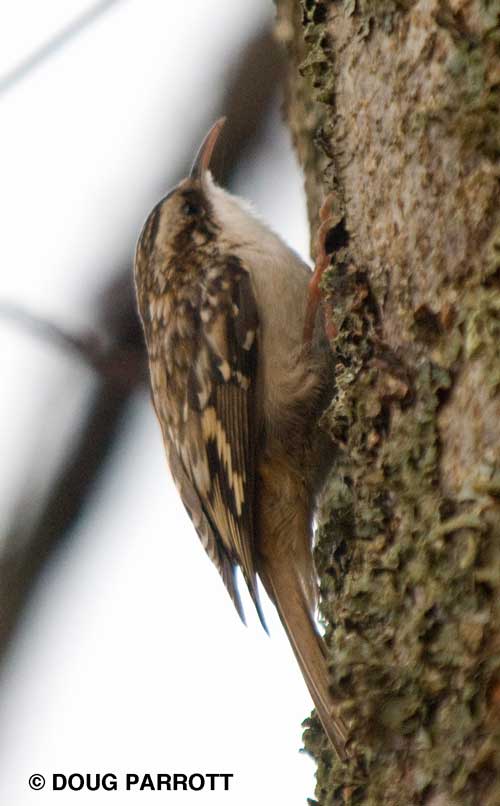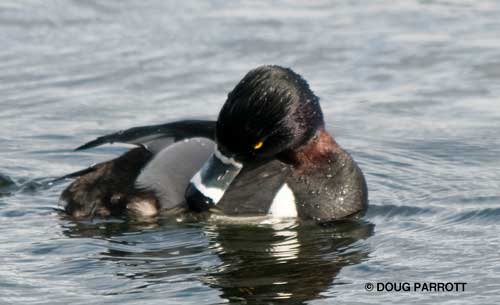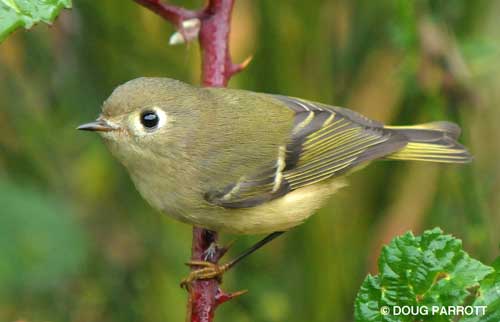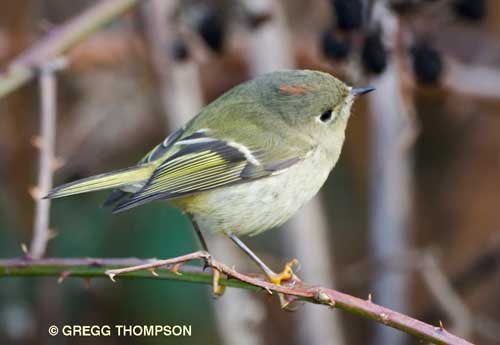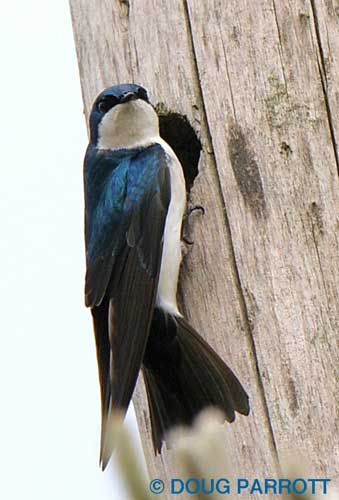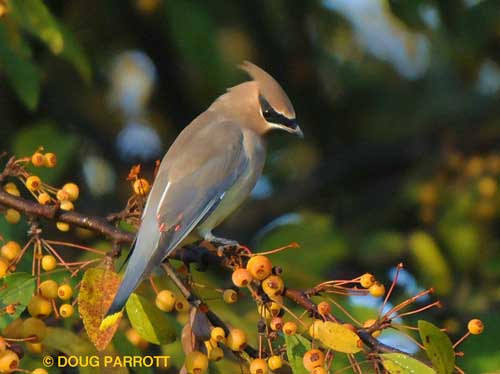Spring is perhaps the most thrilling season for birders. The birds who fled south for the winter start to return in late February, and migration accelerates from then on until the end of May. Each new arrival is greeted with excited yelps from us on Tweeters, the birders’ online hotline and virtual chatter room. “Saw my first Tree Swallow today,” chirps one. “Gotta Savannah Sparrow today,” sings another. “Rufous hummer,” chortles a third. Yowza.
It’s one big family reunion, as we welcome back old friends and long-lost beloveds. Maybe the reason we get so excited is that all our feathered returnees are in their brightest, most spectacular plumage. This is, after all, their mating season and the birds have got to look good for each other. Perhaps, though, birders get our biggest lift from the mere fact that the birds really do return. I, for one, harbor a secret worry that humans have finally wreaked enough habitat havoc to push the birds over the precipice. We are getting close with many species, as bird populations fall by huge percentages. So I’m always glad to see each new arrival. It’s a triumph for them, making their long journeys over mountains, seas, and developed lands. And it’s a celebration for us.
There is one arrival, however, who is never greeted with shouts of joy. Like the auntie with the glare that can melt plastic, this particular member of the bird family brings with it a feeling of dread, not delight. I’m talking about the Brown-headed Cowbird.
Cowbirds are New World parasites who lay their eggs in other birds’ nests. Sometimes the female cowbirds kill the hosts’ eggs before laying their own. Often, though, the cowbirds just lay an egg in someone’s nest, move on, and lay another egg. Cowbird eggs tend to hatch before hosts’ eggs do, and the babies are bigger and more aggressive. So the hosts end up favoring them, almost always to the detriment of their own babies, who starve to death or are killed outright by the cowbird youngster. Nature is not always kind or even pretty — it is what it is.
I heard my first Brown-headed Cowbird singing this week. “Oh, you’re back,” I said. Then, as I used to say to that aunt of mine with the plastic-melting superpower, “Welcome home. It’s good to see you.” I could almost feel my nose elongate.

